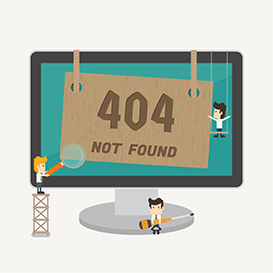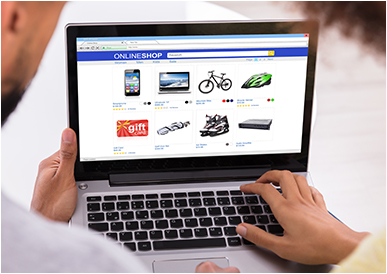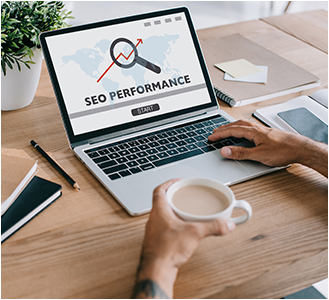
So you’ve launched your business website. Now what? It’s time to start managing the site to ensure that it stays up-to-date with all of your latest information, looks good, and is secure.
Launching a website or web app can be time-consuming and laborious, but it does not have to be. However, many people do not make it all the way to this point. If you truly want your website or web application to flourish and develop, you must maintain it up to date and improve it on a regular basis.
There are five things you must do to maintain your site:
1) Keep Content Up-to-date
The old adage of “content is king” has never been truer than today. Today’s web users expect constant and frequent updates and improvements to your website, so they can come back again and again for more information (and probably make a purchase as well!). For example, if you are a restaurant, be sure to update your website with the latest menu and any daily specials.
Most people who visit your site will look for what is new or different since their last visit – not necessarily what they were looking for in the first place. So it’s very important that you keep your content fresh and updated. As the saying goes, “the iron never sleeps.”
2) Fix Common Technical Problems

Technical problems are bound to happen from time to time (whether through human or machine error). We could probably list hundreds of problems that could arise with a website, but here is a list of common ones: broken links, page load errors, 404 pages, server downtime, broken images, and so on.
Here are a few ways to solve many of these problems:
– Create a 404 page (so users/visitors don’t end up at a blank page or at the wrong URL).
– If there’s a lot of traffic going to a particular page, make sure it is optimized for high traffic.
– Ensure that your images are loading correctly; if they’re not, most likely your whole site will look like garbage when displayed on a web browser.
– Make sure you don’t have any broken links or images (you can check by using a free online link checker like Xenu’s Link Sleuth ).
– Make sure that your site loads quickly. If users have to wait a long time for your website to appear on their browser, there is a good chance they will leave and go elsewhere.
– If you need server downtime, make sure you have a backup system in place.
3) Ensure the Security of Your Site
One of the most important things you should do is ensure your website’s security. Remember that hackers can see your site as an open door into computers all over the world, which is exactly what they are looking for! Because of this, you need to take proactive measures to protect your site and secure it from hackers.
A few things you can do:
- Avoid using common default usernames and passwords (like “Admin” or “password”). You should also change your hosting account password every once in a while.
- Make sure your software, plugins, and web hosts are updated regularly. Hackers are constantly looking for weaknesses, so the best way to protect your website is to keep it up to date and protected from hackers.
- Use a firewall (like ModSecurity). Firewalls can prevent many basic types of hacks that would target common scripts or applications on your site like SQL injection, cross-site scripting (XSS), or remote file inclusion (RFI).
- Ensure your website hosting company has a good security record and that they take security very seriously. While you can’t expect them to stop all attacks, you should work with them to ensure your site’s security.
- Work with a reputed web design company to ensure your site is secure and up-to-date.
4) Improve Site Navigation

It’s important that web users can find their way around on your website easily and quickly – they should be able to tell where a particular link will take them just by looking at it, without having to click on it. The easier you make it for users to navigate through your website, the more likely they are to:
- Keep reading (and hopefully clicking on) each page on your site in order. If you have a blog or any type of content website, this is very important.
- Come back to your site and explore it at a later date. This means they’ve probably enjoyed their time on your site, so this is a good thing.
- Link to your site from their own website or blog (this means free advertising for you, as well as backlinks and search engine ranking).
5) Keep in Mind SEO when Designing Your Website

SEO stands for search engine optimization. In short, it is the process of helping web users find your site through various search engines like Google by optimizing your website in certain ways (like title tags, meta tags, and descriptive text). It’s important to remember that how your site looks on a user’s browser has a lot to do with its position in search engine results.
For example, if you have a list of links on your site with red text and blue underline, it’s not likely going to make much difference that the text is two different colors. However, if you have keyword-rich content (like “buy wine online” or “cheap shoes”) in these sections of your HTML code, it will help get your site ranked higher in search results.
So, if you want to design a web page that contains unique and descriptive content, clearly separate it from your website’s main design using HTML code (that way Google will pick up on the content and rank it more highly). If you need good website copywriting services for this, something like SEO Copywriting might be exactly what you need.
A UK web design company can also help you with your web design and help you get higher rankings in search engine results. You can give your website maintenance over to the web design agency as well, so you don’t have to worry about it.